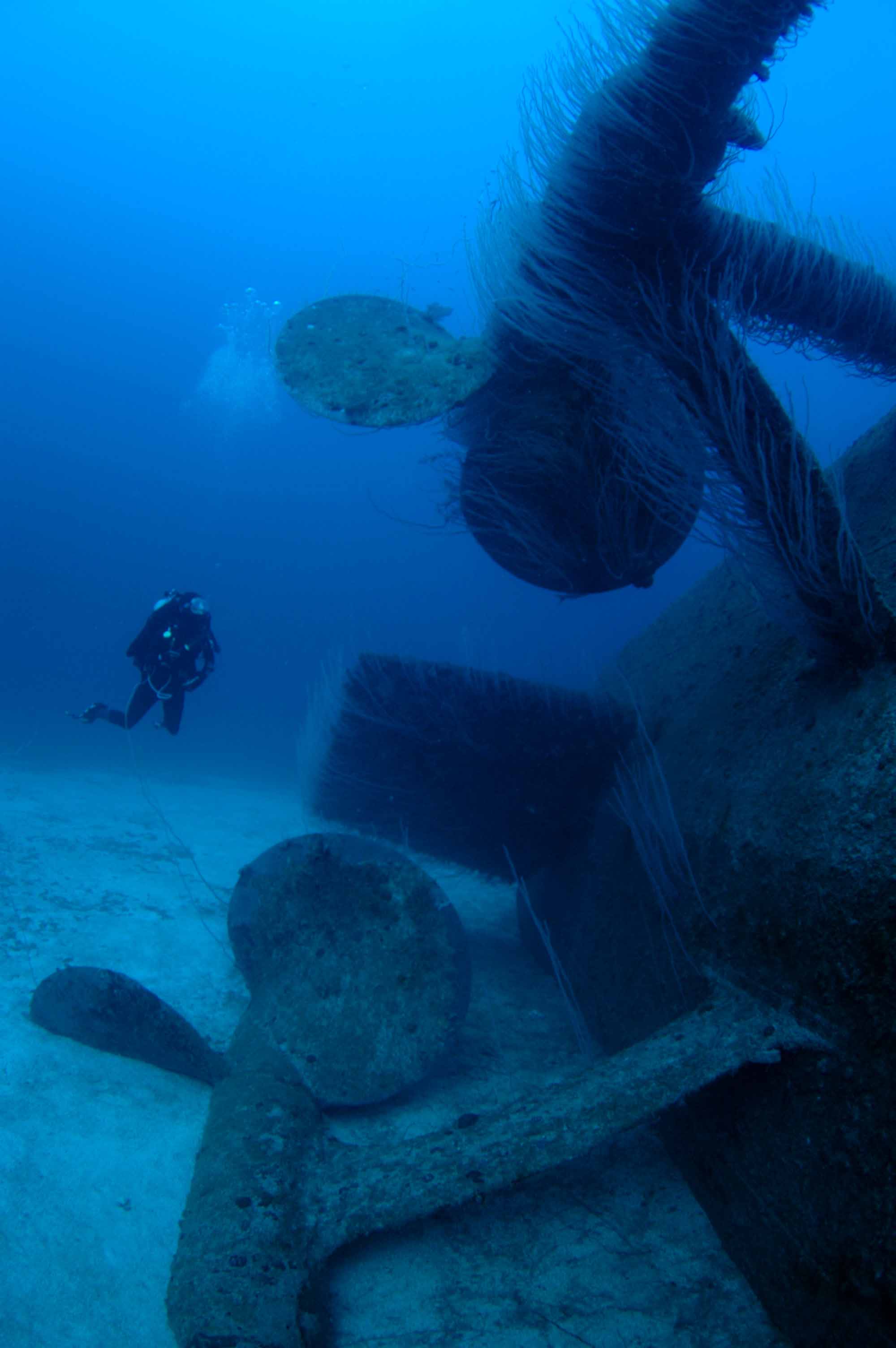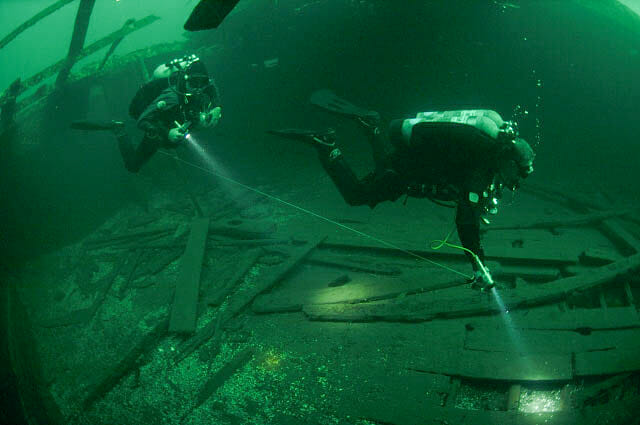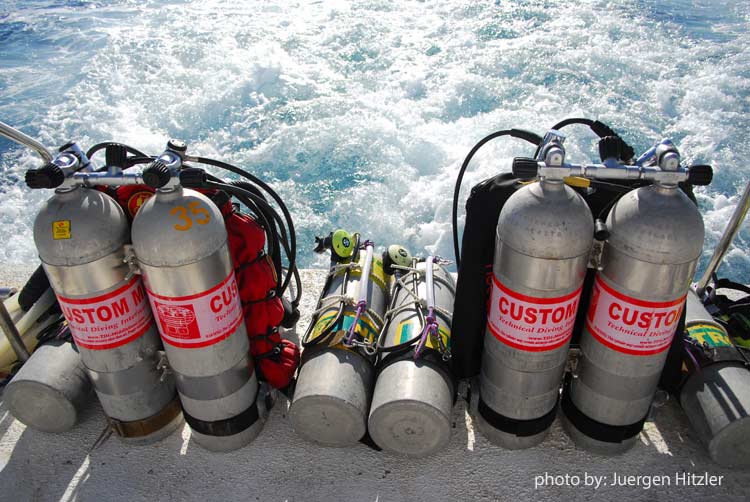Certification
The NAUI Helitrox Diver course provides the training and experience necessary to understand the hazards of utilizing helium-enriched EANx for dives to depths not exceeding 150 fsw (46 msw) that may require staged-decompression, utilizing EANx mixtures and/or oxygen during decompression. Graduates will be competent plan and execute extended range dives requiring staged-decompression utilizing Helitrox and oxygen.
Note that qualifying certifications from other diver training organizations may apply - ask your Tec Sidemount PCB Instructor.


